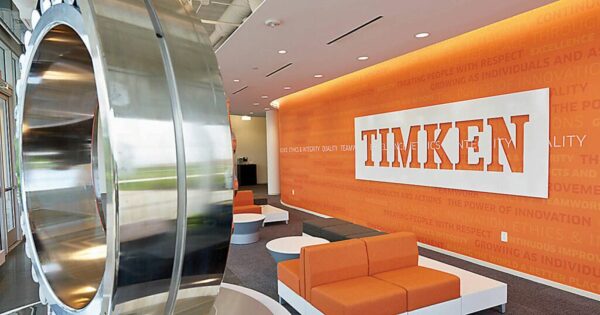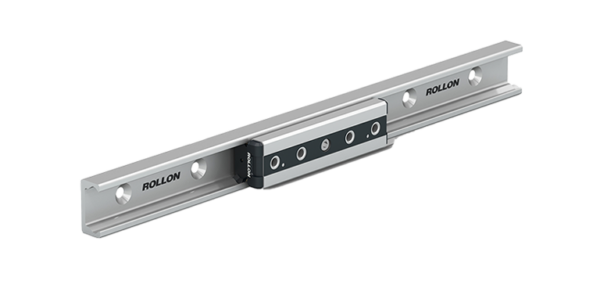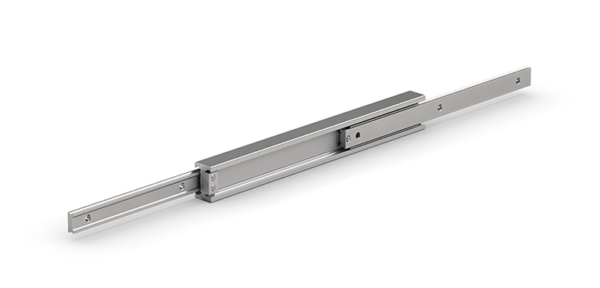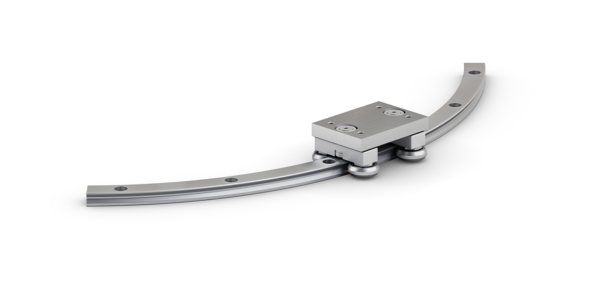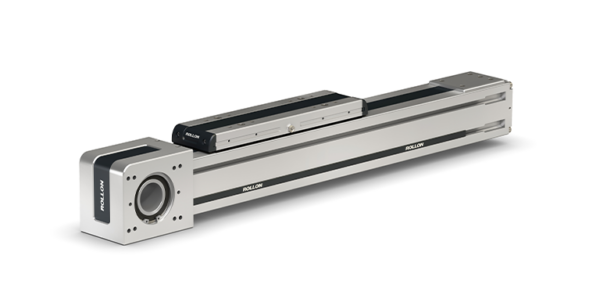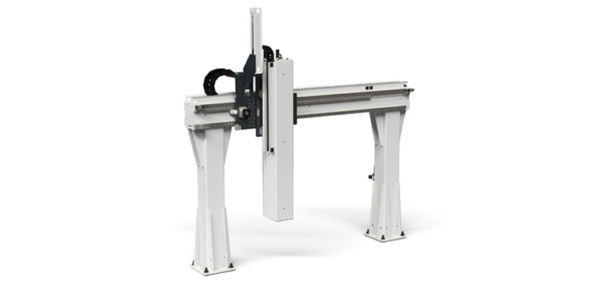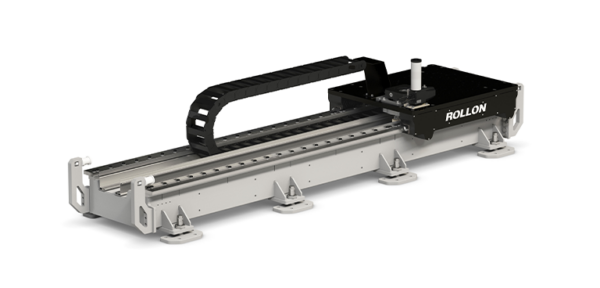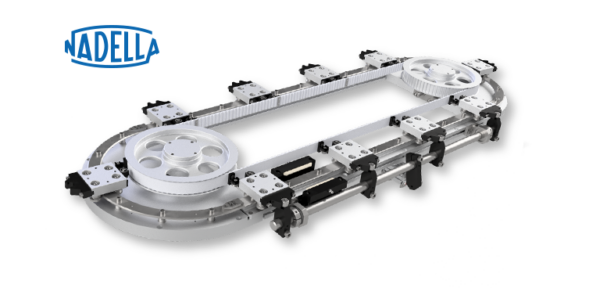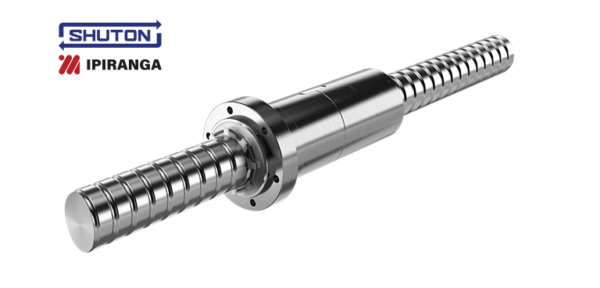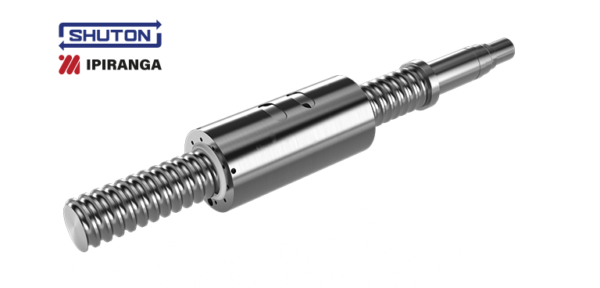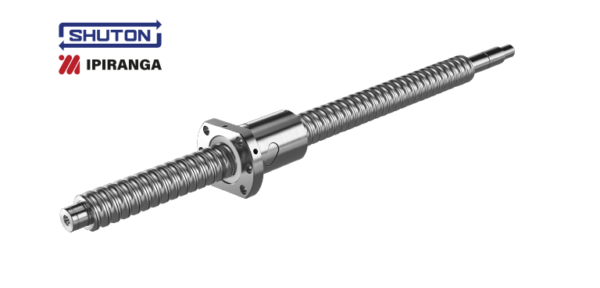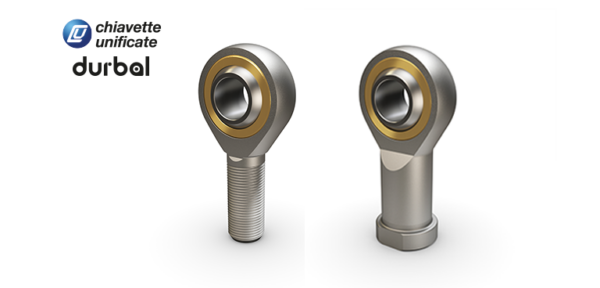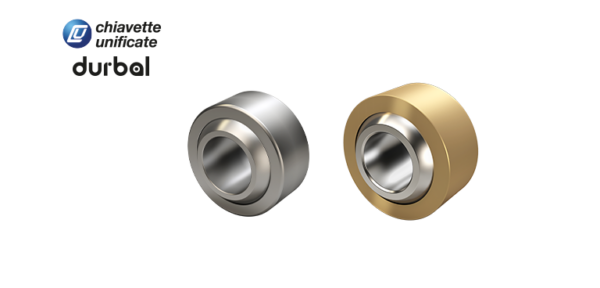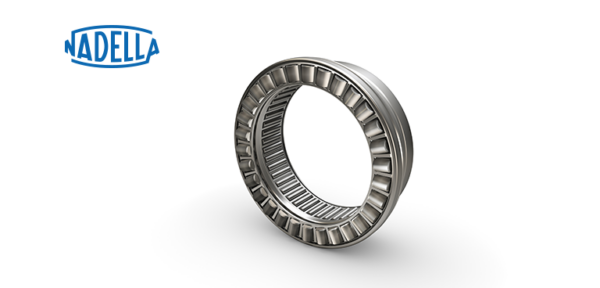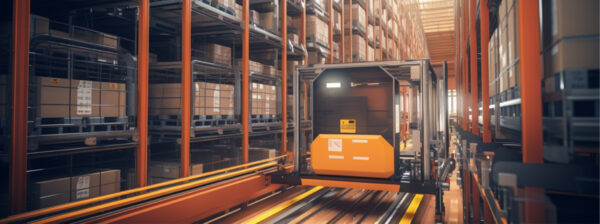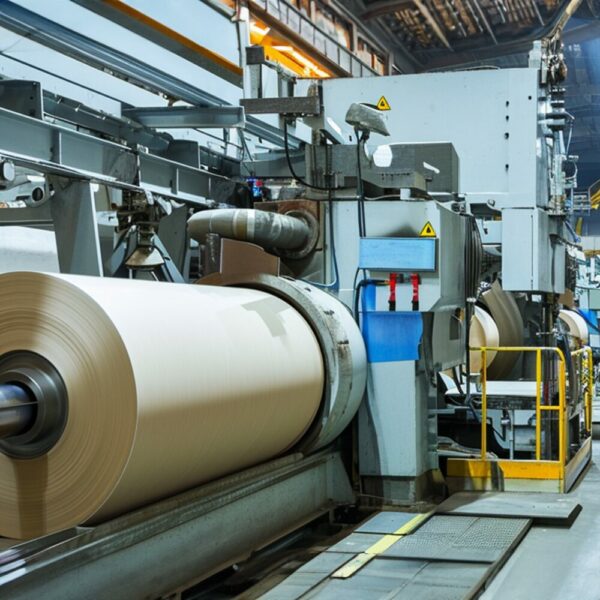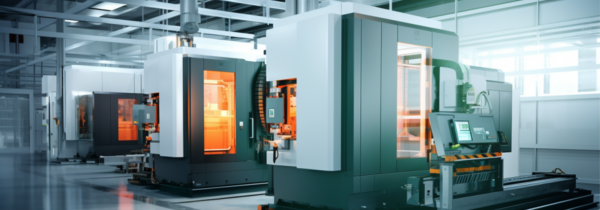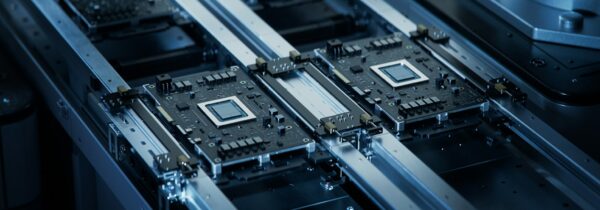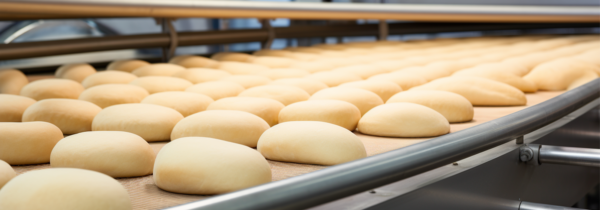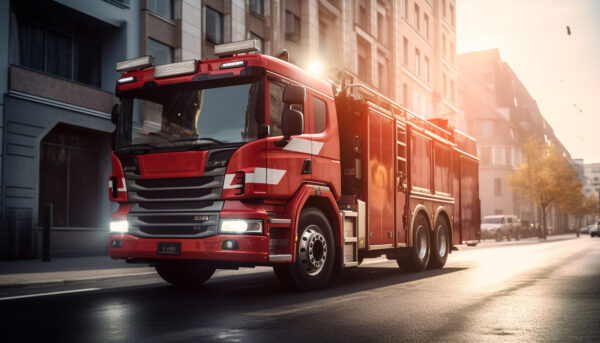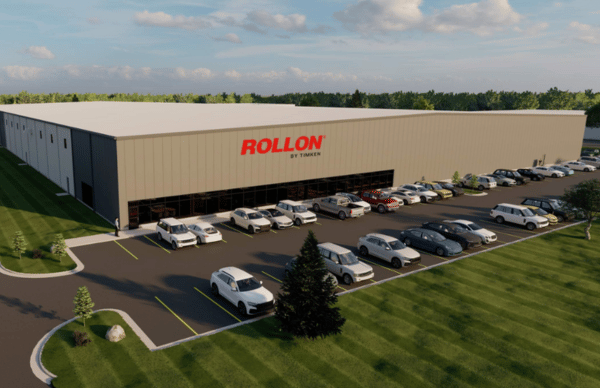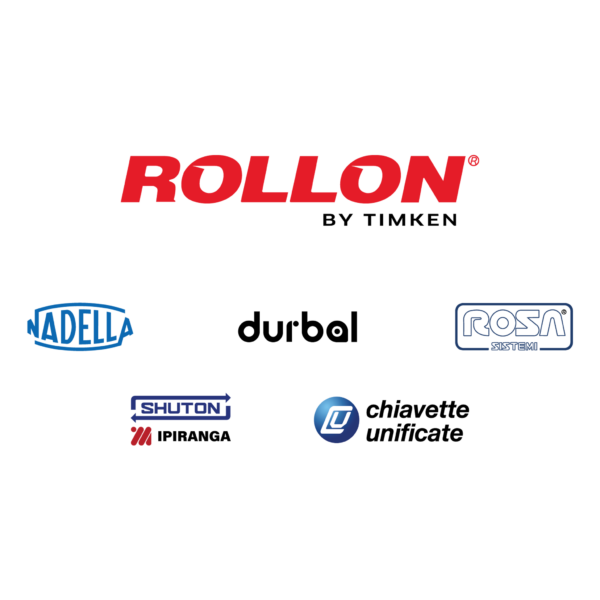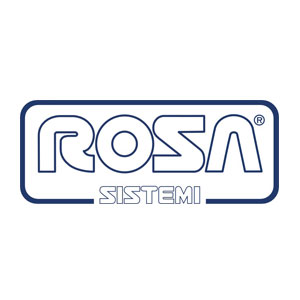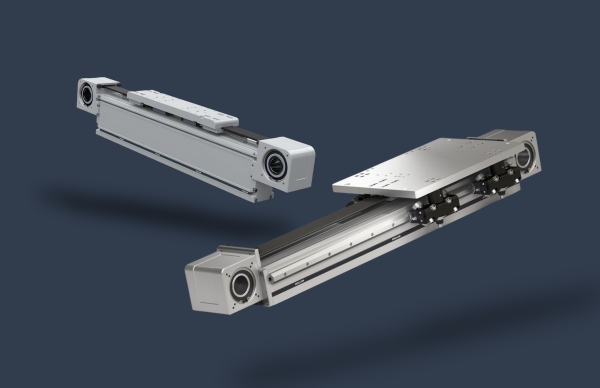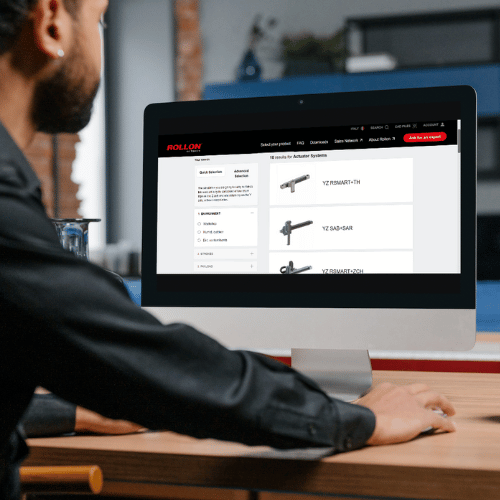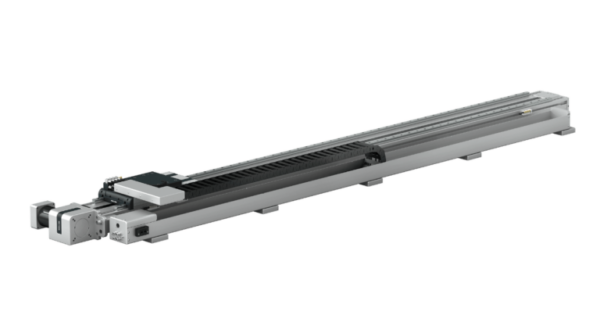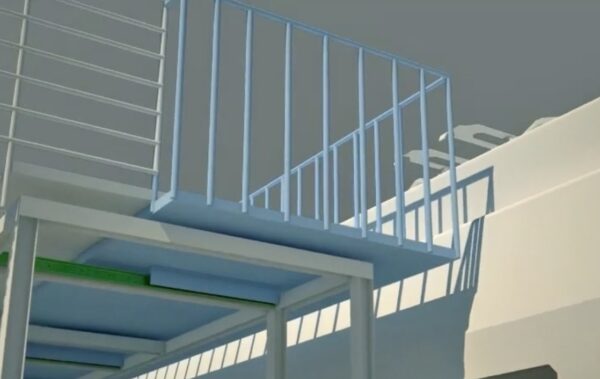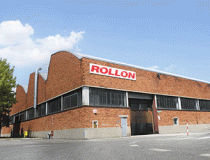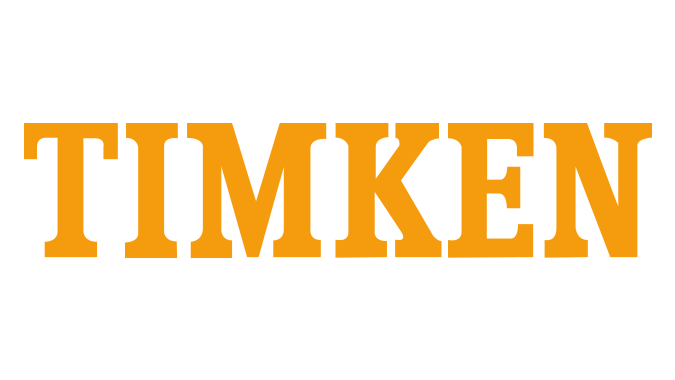Advantages and Disadvantages
Motion and manipulation
Designed for heavy-duty use, Cartesian systems typically work in the X, Y and Z axes of motion, and their reach is limited to the stroke of each axis. Six-axis articulated arms are well-suited for moving small items into position. They can manipulate parts through their many axes, and their pivoting points give them the ability to rotate a part.
Load capacity
Six-axis robots are supported by a pedestal. Although some six-axis systems can handle heavy loads, extending those loads beyond the pedestal can cause deflection issues, problems with moment of inertia and hinder accuracy. The X and Y axes of Cartesian systems are usually supported throughout their length with some kind of steel or aluminum frame, so they can support loads of 100 pounds or higher.
Speed and travel
Cartesian robots can travel both short and long distances, but they are easily scalable to whatever travel length is needed without major cost expenditures. The typical reach distance for six-axis robots is up to one and a half meters, but larger six-axis robots that can reach two meters and beyond are available. Cartesian robots can move loads at high speeds, but six-axis robots trade off some speed for better part manipulation.
Accuracy
Of the different types of Cartesian systems, ball-screw systems can achieve accuracies as tight as ±0.001 millimeter per axis. Six-axis systems can achieve ±0.050-millimeter accuracy.
Space
Because Cartesian systems have the benefit of being able to work from above as in an overhead gantry robot, they typically take up less floor space than six-axis systems.
New Advancements for Cartesian and Six-axis Systems
When it comes to industrial automation and robotics, Rollon’s Actuator System Line offers a variety of gantry and Cartesian systems as well as multi-axis systems. This product family can be found in numerous industrial applications from machinery servo systems to high precision assembly systems, packaging lines and high speed production lines supporting various load and motion requirements including specific speed, travel, orientation and positional accuracy. Product highlights include two particularly innovative systems:
- Motion Box – a pre-configured Cartesian system that comes with every component necessary to deliver reliable motion while reducing associated set-up time, labor and expense.
- Seventh Axis — a shuttle system that extends the operating area of a six-axis articulated robot so it can accomplish the same work as larger systems. That means more machines and processes can be serviced with one robot.
Both Robots Have Their Place
Manufacturers have to weigh the capabilities of Cartesian and six-axis systems with the motion, load handling, travel and accuracy requirements of the intended application in mind. Rollon Corporation’s Motion Box and Seventh Axis technologies can extend the benefits of these common robot types so plant managers can get the most functionality out of their implementations.


